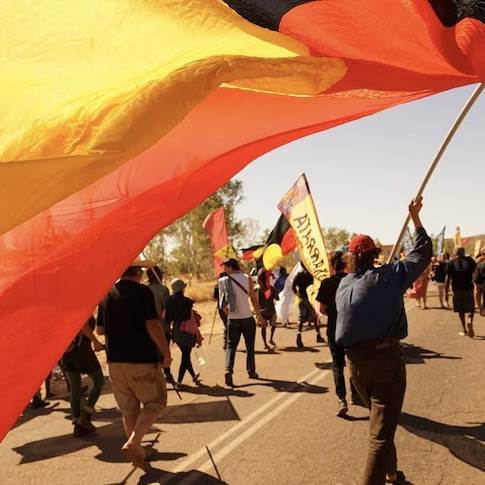What is the Wave Hill Walk-Off?
Community
What is the Wave Hill
Walk-Off?
TEAGAN KUM SING
AUGUST 22, 2024
Content warning: This post contains images and references of persons who have passed away.
23rd August 2024 marks the 58th anniversary of the Wave Hill Walk-Off.
On this day in 1966, 200 Gurindji stockmen, domestic workers, and their families at Wave Hill cattle station (owned by a British company) ‘walked off’ their jobs and went on strike. Led by Vincent Lingiari, the courageous workers and their families were striking in demand of fair wages, improved living conditions, and a return of land rights.

Vincent Lingiari addressing the media after Prime Minister Gough Whitlam officially returns Aboriginal land at Wattie Creek, Northern Territory, August 1975.
Photo: Penny Tweedie / National Library of Australia obj-138156433
Fun Facts

Vincent Lingiari with a plaque marking the handing over in Wattie Creek, Northern Territory, 16 August 1975.
Photo: National Archives of Australia A8598, AK6/5/80/17
Love Our Blogs? Read More Articles Now!
Yarn Blog is here to bring you the latest and greatest in First Nations culture, news and shopping. You can find updates on all our best products as well as info about our fantastic collaborating artists right here. Click below to start reading more of our exciting posts!







